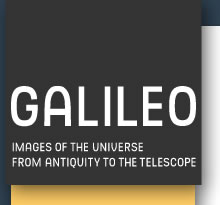


While Galileo was discovering unheard of novelties in the heavens, Johannes Kepler was defining a revolutionary view of the universe. Although inspired by theological and metaphysical premises, he relied on mathematical analysis. Kepler's reflections mark the beginning of celestial physics, that is the explanation of planetary phenomena through physical principles. His discovery that the planets move along elliptical orbits at variable speeds made Kepler a point of reference for the main protagonists of astronomical research in subsequent decades.
Adopting an approach still based on the convergence of mathematical reasoning and metaphysical premises, Descartes described a universe created by God yet capable of self-regulation without the need for supernatural intervention.
In an era that witnessed astonishing progress in astronomical instruments and the birth of the first modern observatories, but also the revival of the hermetic vision of a universe animated by occult energies, Isaac Newton completed the work begun by Galileo. Newton - who also acted under the impulse of profound religious motivations - proved that a single force - universal gravitation - explains the orbits of heavenly bodies, their relative dimensions, and their speeds and movements. The triumph of Newton's science helped to spread the image of the universe as a perfect clock. The manufacture on a vast scale of complex mechanical planetaria helped to spread this new vision throughout Europe.